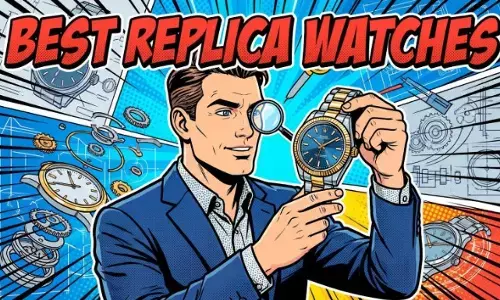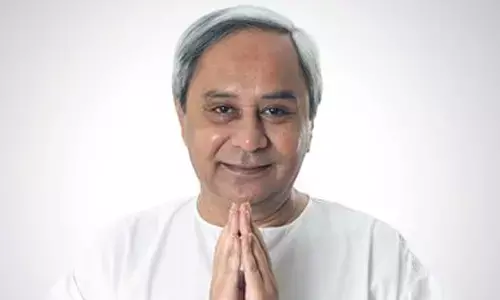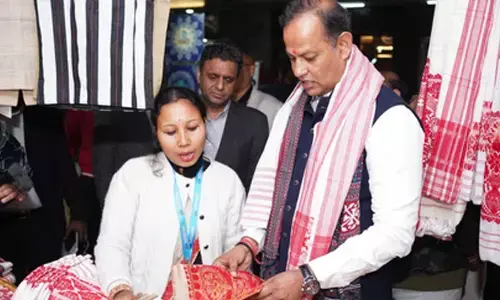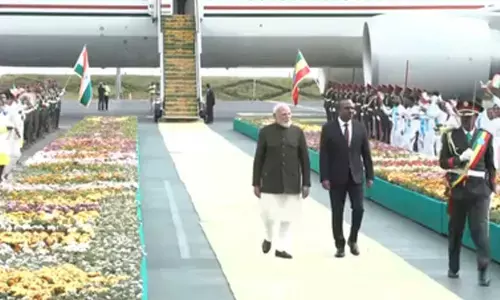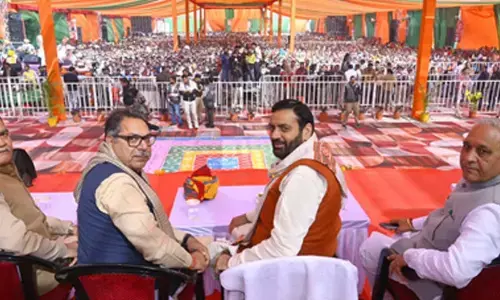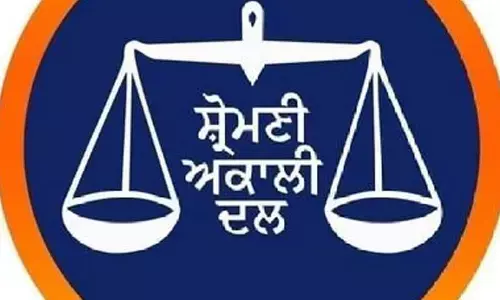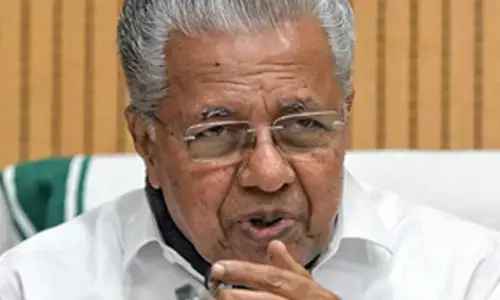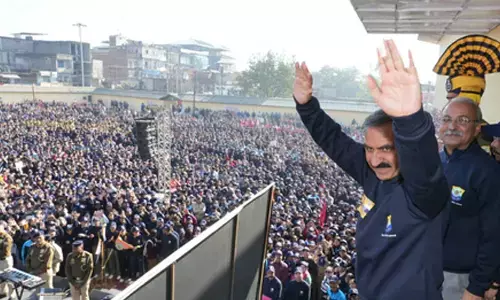Manmohan’s swan song
Manmohan’s swan song, Nilotpal Basu, Government in New Delhi. Differences are galling. In 2004, formation of UPA and its assumption of office were preceded by six years of governance by the BJP-led NDA.
Prime Minister Manmohan Singh appears to be in a melancholy mood. His much publicised press conference in the beginning of New Year sounded more like the swan song of his decade-old stewardship of government in New Delhi. That his tone reflected a sense of resignation was apparent. And his appeal for a more sympathetic treatment from history was so far removed from the heady times which marked his resumption of office in 2009. And then, defence of his record was mostly around first five years–eloquent testimony of his own estimation that of UPA-II – had very little in it to write home about. This has been recognised by most of the observers.
But why does the Prime Minister face such a tragic pass? What was it in the UPA-I that distinguished it from the later UPA-II? Modern historians will surely deal with the subject at some later point of time; perhaps, there will be more topical public discourse on the same in the wake of the popular verdict in 2014 general elections. But today, on the threshold of the great electoral battle, it will be useful to recount comparative experience of the two avatars; more so, because this will enable the people to make some informed choices. And, that can only pave the way for a more positive trajectory into the future of the people –aam admi.
Differences are galling. In 2004, formation of UPA and its assumption of office were preceded by six years of governance by the BJP-led NDA. The mandate of 2004 was historic. It was decidedly against the impact of the extremely aggressive rightwing and neo-liberal policies prompted by the single minded belief that market, and market alone, can be a panacea of all ills that plagued India.
Financial liberalisation, sharp withdrawal of the public investment in agriculture, closing down sick industrial units, outright sale of PSU assets regardless of their profit generating status, downsizing the public distribution system, linking fuel prices to international markets, turning a blind eye to the ailments of the small and medium sized industries were a dream package which global neo-liberal pundits advocate. Macho was the name of the game. But impact on the people was devastating.
Horrendous state-sponsored carnage of thousands in Gujarat of people on the basis of religious denomination and subsequent kid-glove treatment of the perpetrators notwithstanding feeble protestations on the need to follow ‘raj dharma’ raised the spectre of a complete tearing asunder of the very idea of India. It conclusively undermined the trust of the people in the ruling dispensation. Thus 2004 mandate reflected that public mood; despite the huge corporate media led propaganda blitz that Vajpayee government will return with two-thirds majority.
The mandate which might not have been a conscious policy rejection of the trajectory that NDA carved out; but nevertheless, it was an unambiguous verdict against their impact. This core experience had to be reflected in the Common Minimum Programme (CMP) which was drafted to guide the first UPA. The second distinctive feature of the 2004 government was the coming into existence of the National Advisory Council (NAC) led by Congress President Sonia Gandhi to provide inputs to the government to translate the precepts of CMP. This new mechanism was also a tacit recognition of the prerequisite for addressing the people’s wrath against NDA’s record of governance. And finally, 2004 government was the first post-independent Congress-led government at the Centre which had to depend on the Left. Particularly in the sphere of legislation, the government was faced with road blocks curbing their natural inclinations. Therefore, sale of profit making PSUs or mindless disinvestment was out. And so were many of the crude market-driven policies.
Overall, neo-liberalism remained active but some brakes were in place. And, some legislation towards governmental intervention to address some people’s concerns like the MNREGA, the Right to Information, the right of poor and tribal communities to traditional forest land had to be enacted.
Between 2004 and 2008, the political discourse was dominated by contradictory pulls between neo-liberal tendencies and people centric activism. BJP remained conspicuously absent in that discourse. NAC also reflected some of these concerns. And, the Left acted as sentinels. The departure of Left and debate surrounding the divorce underlined the breakdown of the reconciliation that marked the political backdrop of the first four years of UPA-I.
But, far from being ‘liberated’ from being ‘bonded labour’, the Prime Minister allegedly suffered in Left company; despite the conspicuous absence of the three defining features that marked the UPA-I’s ascent - the global financial meltdown and its aftermath did not help matters. Because of the incomplete nature of financial liberalization due to earlier Left ‘intransigence’, the direct impact of the global catastrophe could be avoided; but eventually it caught up. Mindless hitching to global neo-liberal bandwagon has not enabled an Indian recovery. The impact is now palpable. Poor and the vulnerable are hurt the most. But even the corporates in the big league find their aspiration to ‘grow’ at a break neck speed feel ‘strangulated’! The neo-liberal policy driven privatization of natural resources which needed new policy changes have been the incubator of scams of a new genre. Consequently, people’s woes and corruption are being perceived widely as the offspring of Manmohan Singh’s policy regime. Overall ‘lion’ metamorphosed to an ‘underachiever’!
And, this is the dramatic backdrop which facilitated entry of Narendra Modi – the muscular ‘dream merchant’ who represents aspirations of ‘strangulated’ corporates and the Hindutva brigade’s objective of legitimising ‘Hindu nationalism’. But, does he have anything to offer for the people except for using the choicest invectives against Manmohan Singh and his regime? Is he talking about relentless price rise or unemployment or lack of access to education or health? Does his much publicized ‘Gujarat model’ provide any clue to how these vital questions can be addressed?
All the answers would surely be in the negative; because policy visions of the two are one and the same. Manmohan Singh was lionised in 2009 because he forced the divorce with Left. And, Modi wants to hark back to what people rejected in 2004; and what he is now placing as a fresh repackaged offer. Can we, as a people, go back? The choice is really to opt for a more decisive alternative policy direction that can overcome limitations of the first UPA and which got totally distorted from 2009. And that is the choice that people will opt for, if a credible vision and set of forces propose that. This is the writing on the wall. [email protected]








